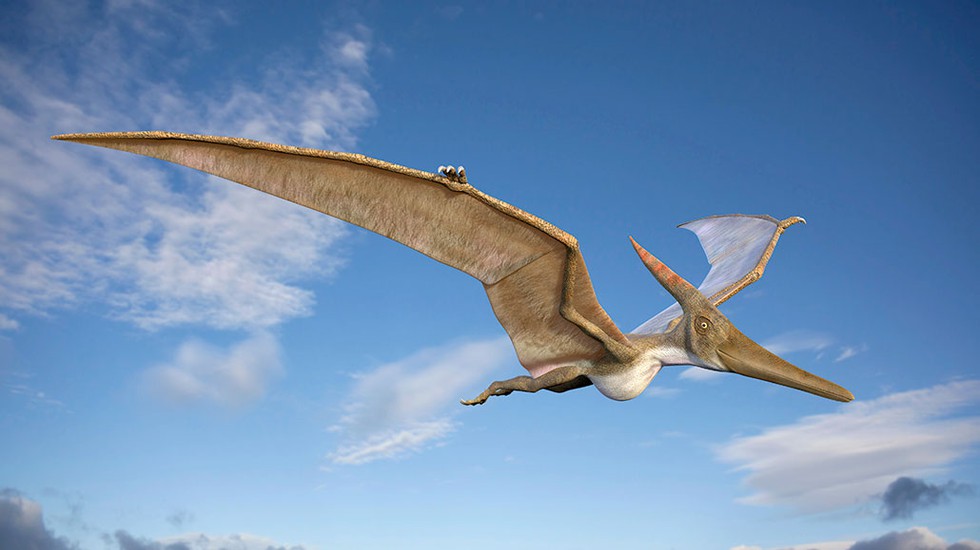
About Pterosaur:
- A pterosaur is any of the flying reptiles that flourished during all periods (Triassic, Jurassic, and Cretaceous) of theMesozoic Era (2 million to 66 million years ago).
- Although pterosaurs are not dinosaurs, both are archosaurs, or “ruling reptiles,” a group to which birds and crocodiles also belong.
- They were not only the first reptiles capable of flight. They were also the first vertebrates to fly.
- It included the largest vertebrate ever known to fly: the late Cretaceous Quetzalcoatlus.
- The appearance of flight in pterosaurs was separate from the evolution of flight in birds and bats; pterosaurs are not closely related to either birds or bats and thus provide a classic example of convergent evolution.
- Their wings were formed by a sophisticated membrane of skin stretching from the thorax to a dramatically lengthened fourth finger.
- Earlier species had long, fully-toothed jaws and long tails, while later forms had a highly reduced tail and some lacked teeth.
- They often had long necks, which sometimes had throat pouches similar to pelicans' for catching fish.
- The pterosaurs went extinct at the end of the Cretaceous period, around 65.5 million years ago, during the mass extinction known as the Cretaceous-Tertiary extinction event (K-T extinction event).
- When the pterosaurs disappeared, their role as the dominant vertebrates in the skies was taken over by the birds, which are considered to be of dinosaur ancestry.
2. General Anti-Avoidance Rule (GAAR)

About General Anti-Avoidance Rule (GAAR):
- GAAR is an anti-tax avoidance law in India to curb tax evasion and avoid tax leaks.
- It came into effect on 1st April 2017.
- The GAAR provisions come under the Income Tax Act, 1961.
- It is a tool for checking aggressive tax planning, especially those transactions or business arrangements that are entered into with the objective of avoiding tax.
- It is specifically aimed at cutting revenue losses that happen to the government due to aggressive tax avoidance measures practiced by companies.
- It is meant to apply to transactions that are prima facie legal, but result in tax reduction.
- Broadly, tax reduction can be divided into three categories.
- Tax mitigation is a ‘positive’ term in the context of a situation where taxpayers take advantage of a fiscal incentive provided to them by tax legislation by complying with its conditions and taking cognisance of the economic consequences of their actions.
- Tax mitigation is permitted under the Act. This tax reduction is acceptable even after GAAR has come into force.
- Tax evasion is when a person or entity does not pay the taxes that are due to the government.
- This is illegal and liable to prosecution. Illegality, wilful suppression of facts, misrepresentation, and fraud—all constitute tax evasion, which is prohibited under law.
- This is also not covered by GAAR, as the existing jurisprudence is sufficient to cover tax evasion/Sham transactions.
- Tax avoidance includes actions taken by a taxpayer, none of which are illegal or forbidden by the law.
- However, although these are not prohibited by the law, they are considered undesirable and inequitable since they undermine the objective of effective collection of revenue.
- GAAR is specifically against transactions where the sole intention is to avoid tax.
- In this, the taxpayers used legal steps which resulted in tax reduction, which steps would not have been undertaken if there was no tax reduction.
- This kind of tax avoidance planning is sought to be covered by GAAR.
- With GAAR, there is no difference between tax avoidance and tax evasion. All transactions which have the implication of avoiding tax can come under the scanner of GAAR.
3. Microalgae
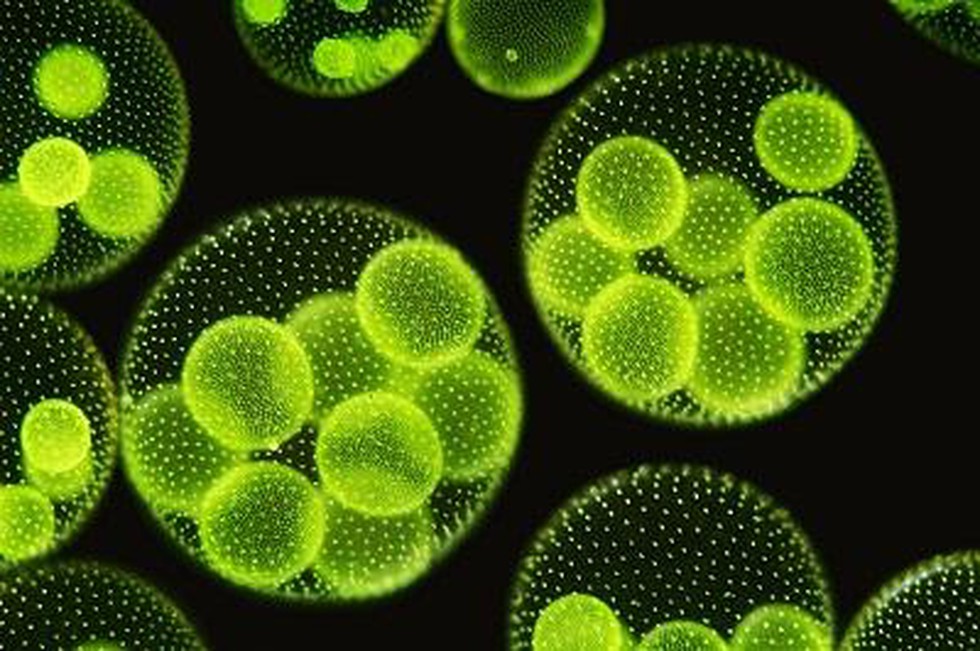
About Microalgae:
- They are microscopic algal species,as opposed to other algae that are macroscopic.
- They are mostly unicellular, although some complex associations giving colonies with larger structures exist.
- Depending on the species, their sizes can range from a few micrometers (µm) to a few hundreds of micrometers.
- Unlike higher plants, microalgae do not have roots, stems or leaves.
- They are mostly photosynthetic. Their ability to photosynthesize is due to the presence of photosynthetic pigments.
- They can be found in a variety of aquatic habitats, being able to thrive in freshwater, brackish, marine, and hypersaline aquatic environments.
- Examples of unicellular algal species are green algae, diatoms, and dinoflagellates.
- Importance:
- They play a pivotal role in ecosystems as primary producers.
- Their adaptability and diverse taxonomy make them a crucial component of aquatic food webs, supporting various organisms and influencing nutrient cycling.
- They are a rich resource of lipids, proteins, carbohydrates, and pigments with nutritional and health benefits.
- Spirulina and Chlorella, two types of microalgae, are often consumed as dietary supplements.
- Through photosynthesis, they release oxygen as a byproduct, and thus, they are a vital contributor of oxygen in the environment.
- They can form symbiotic relationships with other organisms. For example, they live within the tissues of corals (zooxanthellae) and provide them with nutrients through photosynthesis.
- Some of them are also capable of fixing nitrogen. Eg: Nostoc, Anabaena, and Oscillatoria.
4. Nagarahole Tiger Reserve
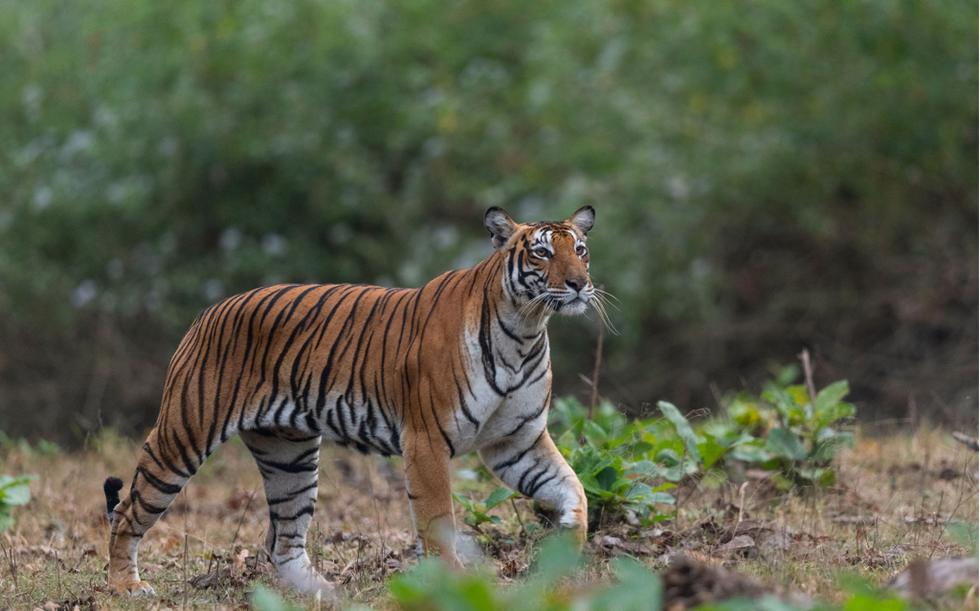
About Nagarahole Tiger Reserve:
- Location: It is situated in the districts of Mysore and Kodagu in Karnataka, covering an area of 847.981 sq km.
- The reserve is named after a small river, ‘Nagarahole’ (literally a snake stream in Kannada), which meanders within the habitat before joining the river Kabini.
- It is contiguous with Wayanad Wildlife Sanctuary (Kerala) to its south and Bandipur Tiger Reserve to its southeastern parts.
- The habitat also forms part of the Nilgiri Biosphere Reserve.
- The Kabini and Taraka reservoirs are large water bodies located towards the west and southeastern parts of the reserve, respectively.
- History:
- The origin of the reserve as a protected area dates back to the reign of the Wodeyar dynasty, the former rulers of the Kingdom of Mysore, when Nagarahole was an exclusive hunting reserve of the kings.
- It was set up in 1955 as a wildlife sanctuary by Coorg State.
- It was upgraded to a national park in 1988 and brought under the fold of Project Tiger by declaring it a Tiger Reserve in 1999.
- Vegetation: The predominant vegetation is of southern tropical, moist, mixed deciduous type, with a substantial eastern portion integrating into dry deciduous type.
- Flora:
- The forests are interspersed with swampy fallows called ‘hadlu’, which are dominated by grasses and sedges, favoured by wild herbivores.
- Commercially important rosewood, teak, sandalwood and silver oak are the main trees here.
- Fauna: It supports large assemblages of carnivores and herbivores: Tiger, Leopard, Asiatic wild dog and Sloth bear, Asiatic Elephant, Gaur, Sambar, Chital, Muntjac, Four horned antelope, Wild pig, Mouse deer and South-western langur.
5. Cold Lava
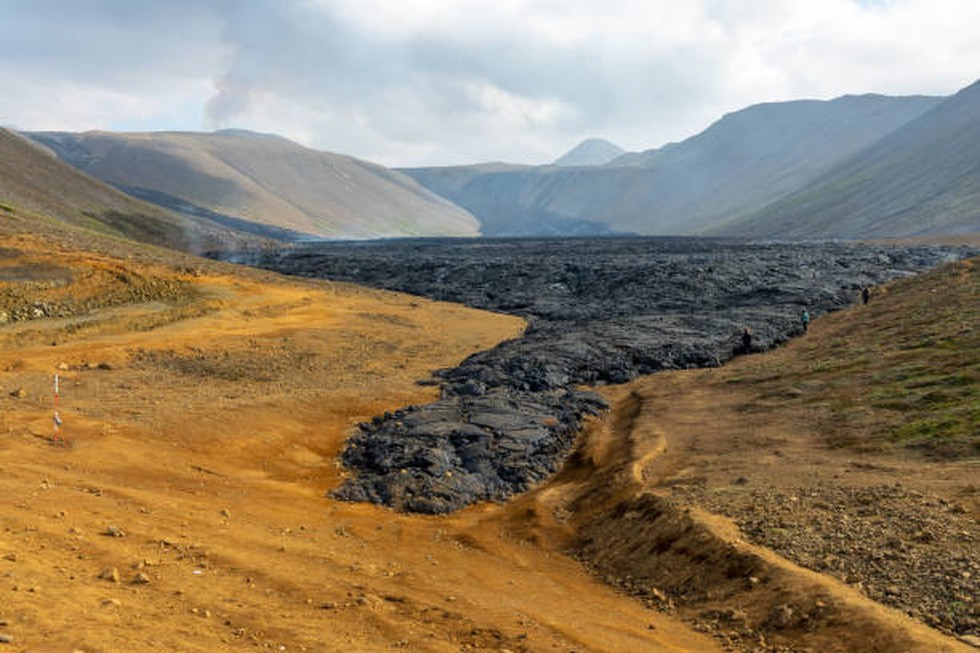
About Cold Lava:
- It is called “lahar” in Indonesia. It is a phenomenon that occurs when rain mixes with volcanic materials like ash, sand, and pebbles.
- The mixture forms a concrete-like substance that destroys everything in its path.
- Rain can carry cold lava down the slopes of a volcano during an eruption and into the paths of nearby towns or villages.
- Unlike traditional lava flows, which move slowly and give residents time to evacuate, cold lava can advance rapidly, at a speed of hundreds of kilometres per hour, and spread as far away as 60 km from the volcano.
- One of the defining characteristics of cold lava is its ability to pick up additional debris and sediment as it travels downhill.
- This mixture can rapidly increase in volume and destructive potential, transforming from a relatively innocuous flow into a powerful force.
- It is considered more destructive and deadlier compared to regular lava flows.
- Its high density and abrasive nature mean that it can cause significant damage to buildings, bridges, and roads, posing a serious threat to human life and property.
- Cold lava remains hot internally due to chemical reactions within the volcanic material, but its external appearance and behaviour are more akin to wet concrete.
- While it is commonly associated with volcanic eruptions, lahars can also occur when no eruption takes place.
- Sometimes, heavy rainfall or snowfall can easily erode and transport fine-grained, loose volcanic sediment and form a slurry, especially if vegetation has not had time to grow back on recent volcanic deposits.
6. Consumer Food Price Index (CFPI)

About Consumer Food Price Index (CFPI)
- The Consumer Food Price Index (CFPI) is a measure of change in retail prices of food items consumed by the population.
- It is a specific measure of inflation that focuses exclusively on the price changes of food items in a consumer's basket of goods and services.
- The CFPI is a sub-component of the broader Consumer Price Index (CPI) and is used by the Reserve Bank of India (RBI) to track inflation.
- The Central Statistics Office (CSO), Ministry of Statistics and Programme Implementation (MOSPI) started releasing CFPI for three categories -rural, urban and combined - separately on an all-India basis with effect from May 2014.
- Methodology: Like Consumer Price Index (CPI), the CFPI is also calculated on a monthly basis and the methodology remains the same as CPI.
- The base year presently used is 2012.
- The CSO has revised the Base Year of the CPI and CFPI from 2010 to 2012 in January 2015.
7. Group of 7 (G7)

About G7
- The G7 (Group of Seven) is an intergovernmental political and economic forum.
- Members: Canada, France, Germany, Italy, Japan, United Kingdom, and United States; European Union as a non-enumerated member
- The G7 was established in 1975. Russia was included in the late 1990s, creating the G8, but was suspended in 2014 after the annexation of Crimea.
- Function: The G7 meets annually to discuss and coordinate economic policies. The leaders address many global issues, including monetary policy, security, energy, and climate change.
- Significance: While the G7 cannot enact laws, its past decisions have had significant global consequences
- Summits: The annual G7 summit is hosted by one of the member countries, which rotates each year. The summits provide a platform for the leaders to discuss pressing global issues and coordinate policy responses.
- The 2024- G7 summit will take place from June 13-15 in Apulia, Italy. Italy holds the G7 presidency in 2024.
8. Gender Gap Report 2024
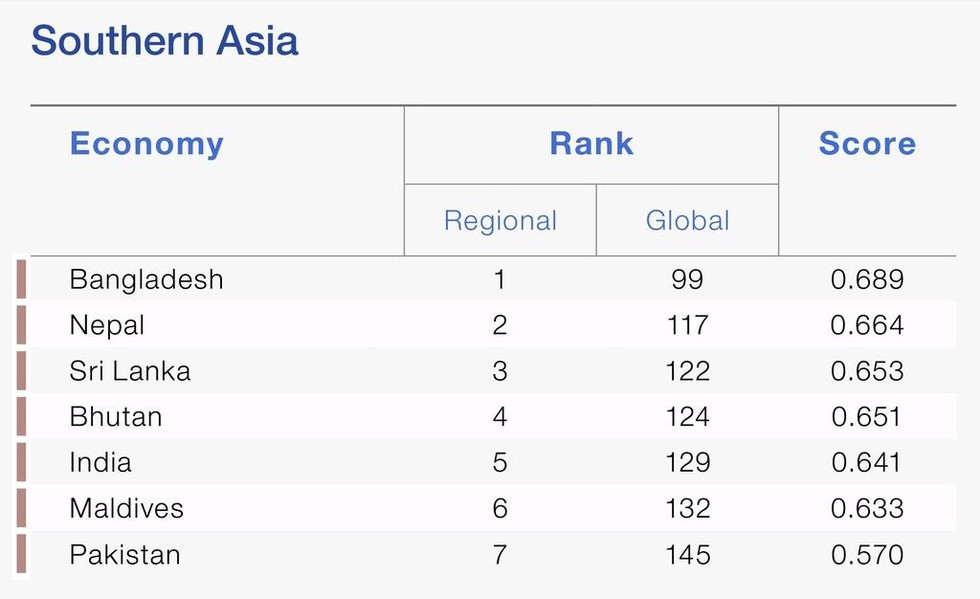
About Report
- The Global Gender Gap Report 2024, released by the World Economic Forum (WEF), highlights the persistent gender inequality across various sectors globally.
Findings
- Top-Ranking Countries: Iceland has maintained its position as the most gender-equal country for the 14th consecutive year, with a gender gap score of 91.2%.
- Other Nordic countries, such as Norway, Finland, and Sweden, also rank high in the top five.
- India ranked 129 in this year’s index, scoring marginally lower than the previous edition.
- This slight regression is mainly the result of small declines in ‘Educational Attainment’ and ‘Political Empowerment’, while ‘Economic Participation and Opportunity’ slightly improved.
- India ranked the third-lowest among the South Asian economies, faring worse than Bangladesh, Nepal, Sri Lanka and Bhutan.
9. Kala-azar
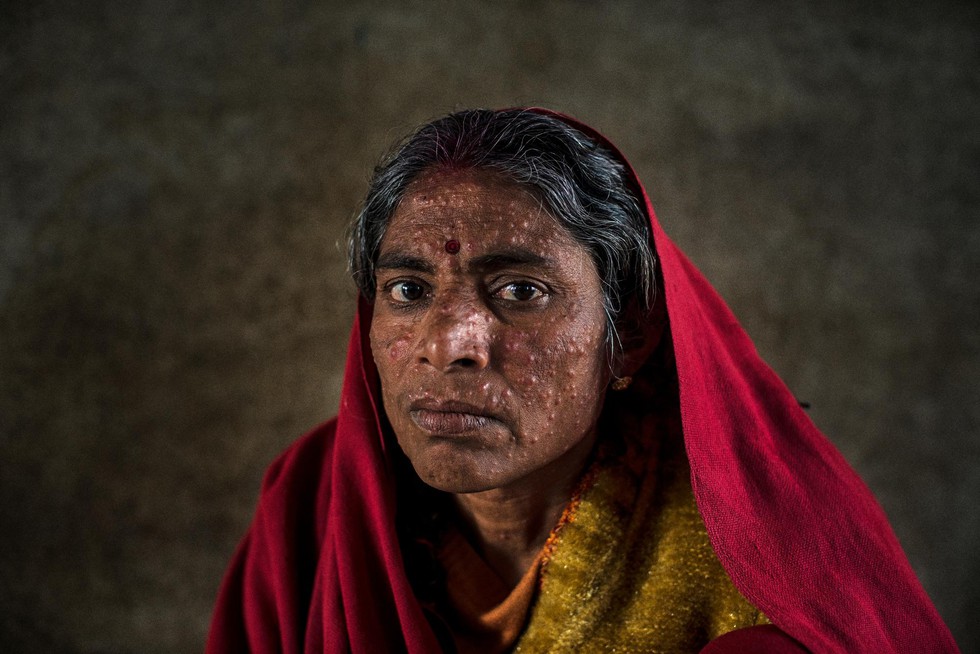
About
- Kala-azar, also known as visceral leishmaniasis (VL), is a severe form of leishmaniasis caused by the protozoan parasite Leishmania donovani.
- It is transmitted to humans through the bite of an infected female sandfly, primarily Phlebotomus argentipes in India.
- Symptoms: The disease is characterized by irregular bouts of fever, substantial weight loss, swelling of the spleen and liver, and severe anemia if left untreated, which can lead to death within two years.
- Diagnosis: Diagnosis is made by combining clinical signs with parasitological or serological tests, such as the rK39 diagnostic kit.
- Kala-azar is endemic in 75 countries across Asia, Africa, and the Americas, with India accounting for 18% of the global burden in 2020.
10. Key facts about Sea cucumbers
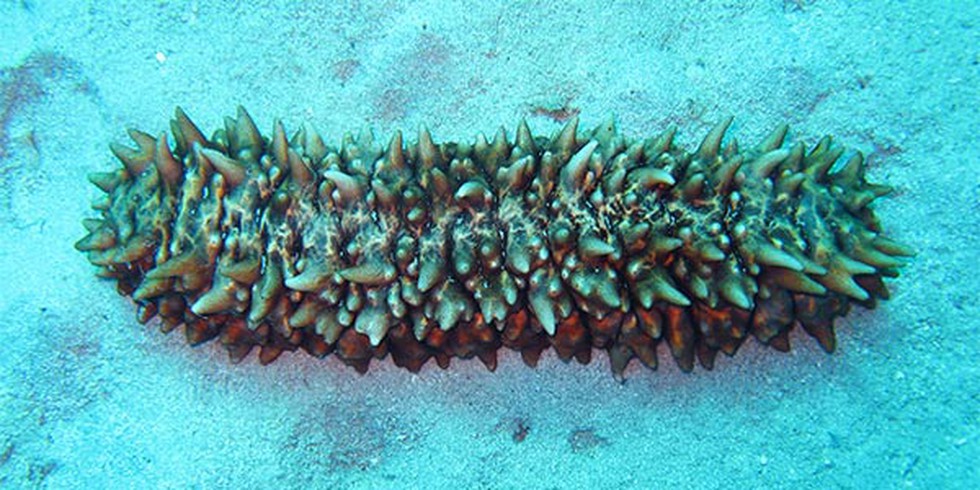
About
- Sea cucumbers are marine animals that belong to the class Holothuroidea, which is part of the phylum Echinodermata.
- They are found in saltwater environments worldwide, primarily on or near the seabed, and are characterized by their soft, leathery skin and elongated bodies.
- Sea cucumbers are the janitors of tropical seas.
- Just as a vacuum cleaner consumes dirt and fills up its bag, sea cucumbers consume bacteria and decaying organics from the seafloor and convert this into sea cucumber body mass, reducing the “food” available to support growth of microbial pathogens.
Appearance and Habitat
- Size and Colors: Sea cucumbers come in various sizes, ranging from75 inches to 10 feet long, and display a wide array of colors, including brown, red, orange, yellow, white, blue, and patterns.
- Body Structure: They have bumps on their bodies and lack eyes and a brain but have evolved clever ways to navigate, defend themselves, and forage for food.
- Threat: Sea cucumbers are preyed upon by various marine animals and are also consumed by humans. Overfishing is a significant threat to their populations, with more than 70 species being exploited for profit.
- Symbiotic Relationship: Some species of sea cucumber have a symbiotic relationship with the star pearlfish, which uses the sea cucumber's body as shelter.


























































































































































.png)
.png)
.png)
.png)
.png)


.png)
.png)
.png)





.png)
.png)






.png)
.png)
.png)
.png)
.png)
.png)
.png)
.png)
.png)

.png)







.png)
.png)


.png)
.png)
.png)


.png)

.png)
.png)





.jpg)

.png)
.png)


.png)

.png)
.png)
.png)

.jpg)

.jpg)


.png)

.png)
.png)
.png)
.png)
.png)
.png)
.png)
.png)
.png)
.png)




.png)

.png)





.png)
.png)
.png)
.png)
.png)
.png)
.png)
.png)
.png)
.png)
.jpg)
.jpg)

.png)
.png)
.png)
.png)
.png)
.png)
.png)
.png)
.png)
.png)
.png)
.png)
.png)
.png)
.png)
.png)
.png)
.png)
.png)
.png)
.png)
.png)



.png)
.png)

.jpg)
.jpg)


.jpg)
.jpg)
.jpg)
.jpg)
.jpg)

.jpg)








.jpg)
.jpg)
.jpg)
.jpg)
.jpg)

















.jpg)
.jpg)







.jpg)


















.jpg)
.jpg)






























































































.jpg)
.jpg)


























.jpg)

.jpg)










.jpg)








.jpg)




.jpg)










.jpg)


















.jpg)












































.jpg)














.jpg)
.jpg)
.jpg)





.jpg)

.jpg)
.jpg)





































































.jpg)


































.jpg)
.jpg)
















































.jpg)












.jpg)


.jpg)




.jpg)
.jpg)
.jpg)

.jpg)
.jpg)
.jpg)
.jpg)

.jpg)
.jpg)
.jpg)

.jpg)
.jpg)
.jpg)
.jpg)
.jpg)
.jpg)
.jpg)
.jpg)

.jpg)


.jpg)
.jpg)
.jpg)
.jpg)
.jpg)
.jpg)
.jpg)
.jpg)
.jpg)
.jpg)











.jpg)
.jpg)





.jpg)
.jpg)
.jpg)
























.jpg)
























.jpg)









.jpg)
.jpg)







.jpg)
.jpg)









































.jpg)
.jpg)
.jpg)
.jpg)
.jpg)

.jpg)
.jpg)
.jpg)
.jpg)
.jpg)


.jpg)
.jpg)
.jpg)
.jpg)
.jpg)

.jpg)
.jpg)
.jpg)
.jpg)
.jpg)
.jpg)
.jpg)
.jpg)
.jpg)
.jpg)
.png)

.png)
.png)

.png)
.png)
.png)
.png)


.jpg)
.jpg)

.jpg)
.jpg)
.jpg)

.png)
.png)
.png)
.png)
.png)
.png)
.png)

.png)
.png)
.png)
.png)
.png)
.png)
.png)
.png)
.png)
.png)





































































-min.png)



.png)




.png)








































